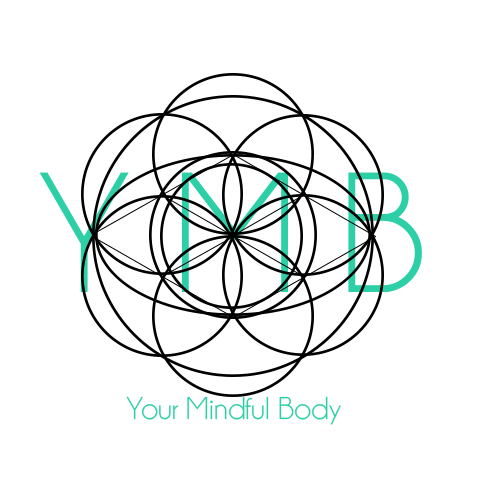Misbelief & Meditation
Misbelief & Meditation
This post is not about the dos and don’ts of meditation; there is no list of steps for you to follow here. Instead, this is about breaking down the misconceptions and illusions towards what it means to meditate.
You need to be spiritual or religious in order to meditate
Yes meditation was originally created and discovered through religious practice whose aim was to achieve spiritually driven goals. However, this practice has evolved since those ancient times. Mediation does not have to have any religious or spiritual aspects attached to it and many practice mediation for the mind-body health benefits it provides.
Meditation and Mindfulness is the same thing
In a previous blog post (link) Mindfulness is described as learning to be present with your Self in your life. It is practising being conscious of your thoughts, feelings, surroundings, and body, moment to moment. Mindfulness is being aware of your thoughts and feelings without passing judgement or evaluation. You simply become an observer within.
Being present in the moment is a requirement of mediation as well but it is not the entity of meditation. This can be a style of mediation often called Mindful Mediation. However mediation differs from mindfulness because although it may take you into the present moment, it also takes you deeper.
You need to be good at it in order to gain any benefits
Meditation is not a thing; it is a process. This process brings many benefits, but is also its own benefit.
It takes time and I don’t have the time
The argument of time is often a misplacement of priories. Meditation can be only a 5 minute moment in your day. You do not have to sit for hours in order to meditate. If your mind-body connection and mediation becomes a priority in your life, you will make time for it.
You cannot silence your mind
If you think you cannot mediate because your mind is constantly racing or restless, then it is even MORE reason for you to meditate. No one really has a clam peaceful mind at all times, but everyone could benefit from meditation. As mentioned before, meditation is a process, therefore you do not require a calm mind to try, just the willingness to do so.
You need to sit in a specific pose
You have seen the photos of people mediating sitting straight up in lotus pose and think to yourself, I cannot even sit like that, how am I supposed to mediate?
Good news, you DO NOT need to sit in a specific pose in order to mediate! The purpose of that pose and many other meditative poses is to have a straight spine and space for proper deep breathing. What you should focus on is fining a posture that is comfortable for YOU and YOUR flexibility level. Therefore you can technically meditate laying down or in another restorative posture.
You need a silent environment or space devoted to meditation
With time you can gain the ability to meditate anywhere, but typically when beginning most find a quiet environment easier. That is not to say it is required, it just provides less distractions. This can be said for other practices such as burning incense, using essential oils, music, and guided mediations. These are all tools you can use to help you be present in your space but are not necessary.
Meditation is just relaxing and should be effortless
The effects of meditation can be said to be relaxing. Slowing down the mind and deep breathing are ways to ease the mind-body and as a result feel relaxing. However the practice of meditation goes deeper than relaxation, you dive deeper into your Self and your consciousness. This is not always easy, and requires effort. Remember, mediation is a process and a practice that requires effort of the mind. When the mind is just relaxed we are essentially sleeping, the meditative mind is calm but still active and aware.
“
Meditation brings wisdom; lack of mediation leaves ignorance. Know well what leads you forward and what holds you back, and choose the path that leads to wisdom.”
Hopefully you are now more comfortable with the concept of meditation and the misconceptions about the practice have been unearthed.
The intention behind this post is to unveil mediation and make it more accessible to everyone.
Give it a try!
